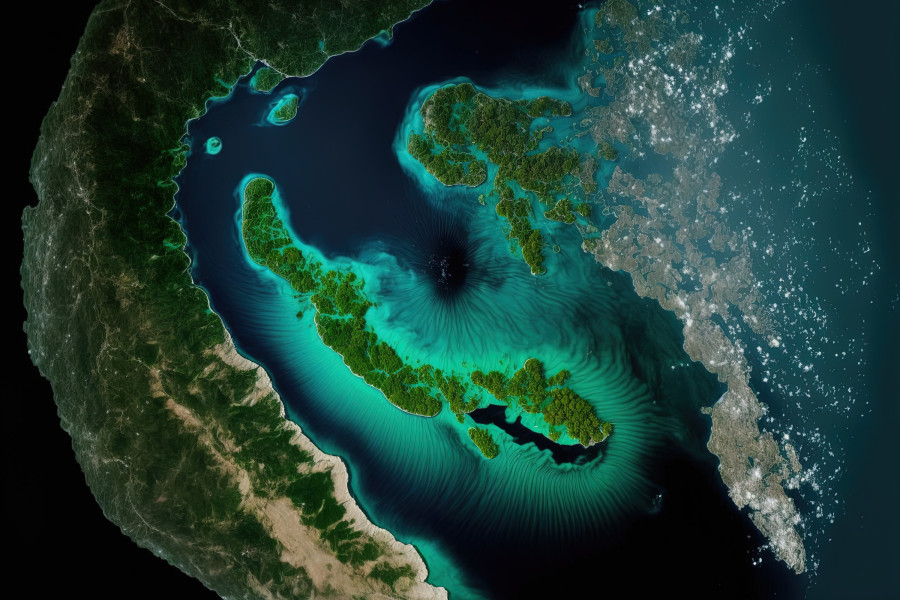In this blog article, we will explore the various use cases of nanosatellites, ranging from scientific research and exploration to commercial applications and national security. We will dive into how these miniature satellites are revolutionizing the space industry, enabling new capabilities and advancements that were previously impossible. Whether you are a space enthusiast, a researcher, or a business leader, this article will provide you with a comprehensive understanding of the potential of nanosatellites and how they are shaping the future of space exploration and technology.
Nanosatellites are typically launched into space as secondary payloads on larger rockets, alongside other satellites or cargo. This is a cost-effective way to get these small satellites into orbit, as it allows them to piggyback on the main payload without the need for a dedicated launch vehicle. Once in orbit, these nanosatellites can perform a wide range of tasks, from monitoring weather patterns and climate change to enabling global internet connectivity and supporting space exploration missions. The versatility and affordability of nanosatellites have opened up new opportunities for space research, commercial applications, and even amateur experimentation, making them an exciting area of innovation in the field of space technology.
Remote Sensing and Earth Observation
One of the primary applications of nanosatellites is remote sensing and earth observation. These miniature satellites can carry sensors that capture high-resolution images of the earth's surface, enabling scientists to study and monitor various environmental factors such as land use, vegetation cover, water resources, and climate change. This data can be used for a range of purposes, from disaster response and management to agricultural planning and natural resource management.

Communications and Connectivity
Another significant application of nanosatellites is in providing global communication and connectivity. These small satellites can be used to create a global network of low-cost, low-latency satellite communication systems, which can offer internet and phone services to remote and underdeveloped regions around the world. Nanosatellites can also be used for military and commercial communication applications, including secure and encrypted communications.
Space Exploration
Nanosatellites are also used in space exploration missions, where they can be deployed to study asteroids, planets, and other celestial bodies in our solar system. These miniature satellites can carry sensors and instruments to collect data on the physical and chemical properties of these bodies, providing valuable insights into the formation and evolution of our solar system.
Disaster Management and Response
In Addition, Nanosatellites are incredibly useful in disaster management and response, where they can provide critical data and support for disaster relief efforts. These satellites can capture images of disaster-stricken areas, enabling rescue teams to identify areas of need and prioritize relief efforts. Nanosatellites can also be used for early warning systems, providing real-time information on weather patterns, natural disasters, and other emergencies.
Education and Outreach
Finally, Nanosatellites can also be used for educational and outreach purposes, providing students and amateur astronomers with the opportunity to learn about space and satellite technology. These small satellites can be used for experiments, providing a low-cost and accessible platform for students and researchers to conduct their research and explore new areas of science and technology. Additionally, nanosatellites can be used for public outreach, enabling people around the world to connect with space technology and learn about the latest advancements in the field.
In the Future...
In conclusion, the benefits of nanosatellites are numerous and far-reaching. These small, lightweight satellites offer a cost-effective and accessible platform for a wide range of applications, from remote sensing and communication to space exploration and disaster management. Nanosatellites have already revolutionized the space industry, enabling new capabilities and advancements that were previously impossible.
Looking to the future, the development of nanosatellite technology is expected to continue at a rapid pace. As the demand for space-based applications grows, so too will the need for more advanced and capable nanosatellites. We can expect to see continued innovation in the areas of miniaturization, sensor technology, and data processing, enabling these small satellites to perform increasingly complex tasks and missions.
Moreover, the use of nanosatellites is expected to expand beyond the space industry, into other sectors such as agriculture, transportation, and healthcare. As these small satellites become more accessible and affordable, they will enable new applications and solutions that were previously unimaginable.
Overall, the benefits of nanosatellites are clear, offering a versatile and affordable platform for space-based applications. As the technology continues to advance and mature, we can expect to see even greater advancements and breakthroughs, further expanding the scope and potential of nanosatellites in the years to come.
Quickscout
Looking for suitable
technology providers?
Start scouting!







